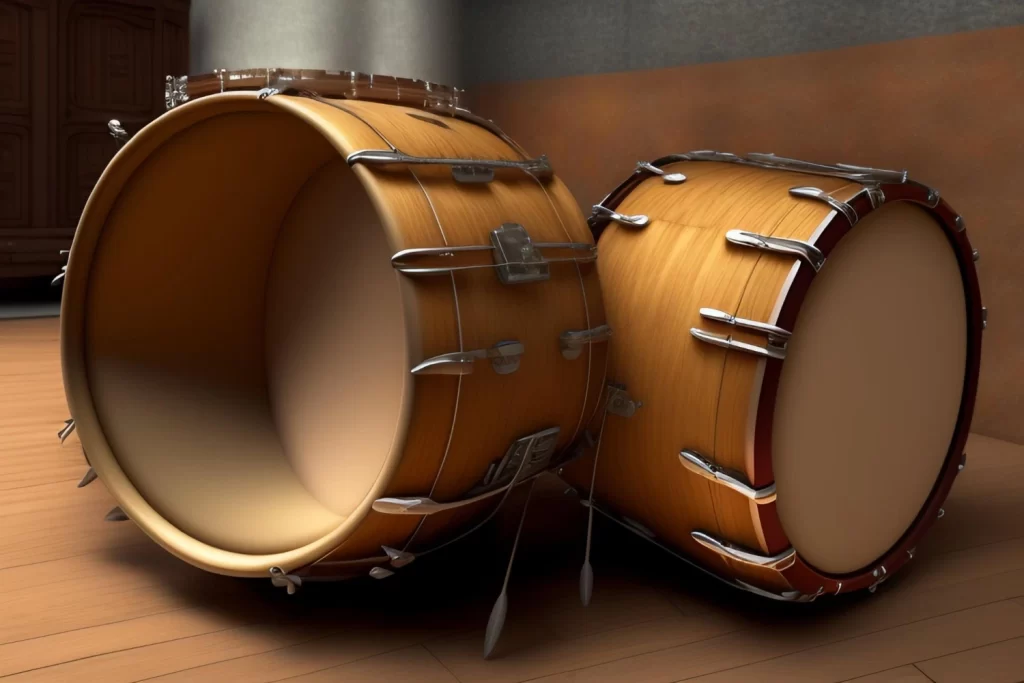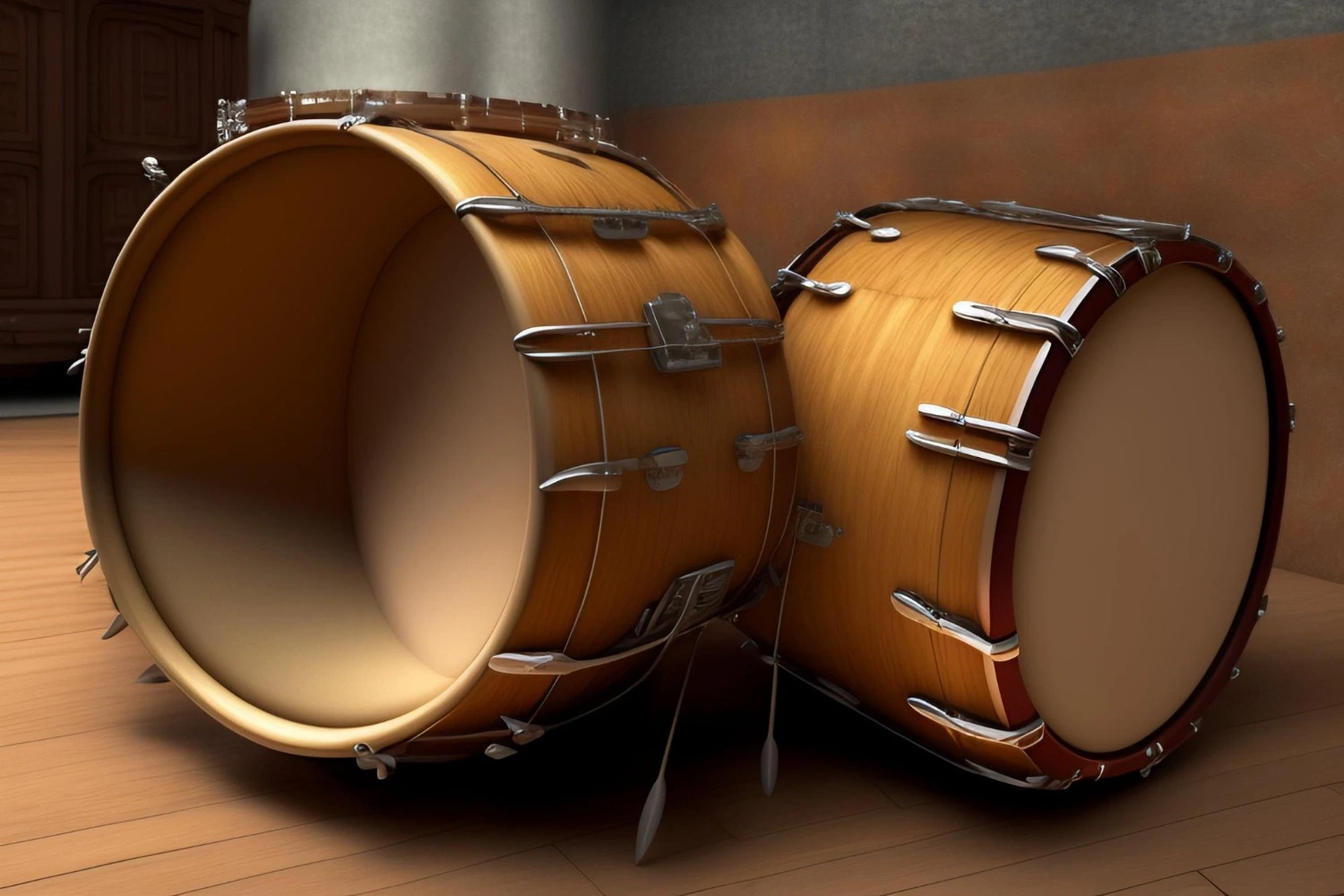Introduction
Selecting the proper conventional musical device in India is an adventure that mixes cultural exploration and personal resonance. Dive into the wealthy tapestry of India’s musical heritage, and allow’s navigate the elaborate international of choosing the correct instrument that harmonizes with your musical aspirations.

Understanding the Cultural Landscape: Traditional Musical Instruments
- Embracing Diversity in Indian Music
India boasts various musical panorama, with classical, folk, and local genres contributing to its cultural mosaic. Before deciding on an instrument, delve into the nuances of those genres to discover the one that resonates with your musical sensibilities.
- Regional Influences on Instrument Choice
Different regions in India have wonderful musical traditions. Explore the nearby impacts on devices, from the soulful sitar in the North to the rhythmic tabla within the East, ensuring your choice aligns with your musical choices.
Types of Traditional Musical Instruments
String Instruments
- Sitar
Unravel the mystique of the sitar, a flexible string device synonymous with Indian classical tune. Understand its problematic structure and a way to pick out one that suits your gambling fashion.
- Veena
Explore the melodic tones of the veena, a South Indian classical string device. Learn about the different sorts and substances used in crafting veenas to make a knowledgeable choice.
Percussion Instruments
- Tabla
Feel the rhythm with the tabla, a percussion instrument that adds dynamic beats to Indian tracks. Discover the various tabla patterns and sizes, ensuring your desire complements your rhythmic inclination.
- Mridangam
Dive into the sector of the mridangam, a traditional South Indian drum. Explore this percussion instrument’s craftsmanship and unique tonal traits before making your selection.
Wind Instruments
- Flute
Serenade your soul with the enchanting tunes of the flute. Understand the significance of this wind tool in Indian classical songs and pick out one that aligns with your breath and musical expression.
- Shehnai
Celebrate joyous occasions with the soulful sound of the shehnai. Explore the intricacies of this traditional Indian wind device, considering factors like fabric and craftsmanship.
Factors to Consider When Choosing: Traditional Musical Instruments
- Skill Level
Assess your ability stage. Whether a beginner or a skilled musician, choosing an instrument that matches your proficiency ensures an exciting and profitable musical adventure.
- Budget Considerations
Set up practical finances on your device. Understand that first-rate comes at a rate; however, there are options for each price range. Strike a balance between affordability and excellence.
- Size and Portability
Consider the scale and portability of the tool, mainly in case you plan to journey with it. Ensure that your chosen device fits seamlessly into your lifestyle and exercise space.
Making the Final Decision
After exploring the various array of traditional musical instruments, it’s time to decide. Trust your instincts, allow your heart to guide you, and embark on a musical adventure that transcends barriers.
Crafting Your Musical Identity:Traditional Musical Instruments
- Musical Evolution Over Centuries
Delve into the ancient evolution of traditional Indian tune. Understand how various units have evolved, reflecting the cultural, social, and religious dynamics that shaped their unique identities.
- Fusion of Modern and Traditional Elements
Explore the modern-day music scene in India, where traditional gadgets seamlessly blend with present-day genres. Embrace the fusion, and remember gadgets that provide versatility for each classical and modern musical expression.
Navigating the Market: Traditional Musical Instruments
- Authenticity in Instrument Selection
Navigate the market with a discerning eye for authenticity. Be wary of mass-produced replicas and search for units crafted by professional artisans, preserving the authenticity and craftsmanship of conventional Indian contraptions.
- Consulting with Experts
Consider searching for recommendations from experienced musicians or tool specialists. Their insights can guide you through the complex information of device choice, supporting you in making an informed selection.
Maintenance and Longevity: Traditional Musical Instruments
- Caring for Your Instrument
Understand the protection necessities of your chosen instrument. From the right storage to regular tuning, you are worrying about your tool’s guarantee of sturdiness and steady, top-notch performance.
- Quality Materials and Durability
Examine the substances utilized in crafting the device. Quality materials contribute to the durability and resonance of the device, making sure it stands the test of time.
Embracing the Learning Curve: Traditional Musical Instruments
- Patience inside the Learning Process
Acknowledge that learning to play a conventional Indian device takes time and staying power. Embrace the studying curve, and have a good time with small victories alongside the manner.
- Connecting with a Musical Community
Join nearby or online musical communities to connect to fellow fans and skilled musicians. Sharing stories and tips can decorate your mastering journey and offer valuable insights.
The Spiritual Essence of Music: Traditional Musical Instruments
- Music as a Spiritual Experience
Recognize the religious importance of traditional Indian tunes. Whether you choose the meditative tones of a sitar or the devotional sounds of a shehnai, traditional units have the electricity to elevate your soul and join you to a higher realm.
- Incorporating Cultural Elements
Integrate cultural factors into your musical practice. Learn approximately the cultural contexts of precise gadgets and incorporate those nuances into your gambling to add depth and authenticity to your musical expression.
Choosing a conventional musical tool in India is a deeply personal and culturally enriching revelation. Whether you opt for the soul-stirring sitar, the rhythmic tabla, or the melodious flute, your chosen device becomes a vessel for creative expression and cultural connection. Choosing a conventional musical instrument in India goes beyond choosing a tool for inventive expression; it’s approximately embracing a wealthy cultural heritage. As you embark on this musical adventure, harmonize culture with innovation and permit your chosen device to be the bridge between the beyond and the destiny of the Indian track.
FAQs
- Can I discover ways to play a conventional Indian instrument without formal schooling?
Absolutely! Many resources, which include online tutorials and neighborhood instructors, can help you begin your musical adventure.
- Are traditional Indian devices costly?
The rate variety varies; however, there are alternatives available for every finance. It’s vital to balance value with niceness.
- Can I mix exclusive traditional units in my musical compositions?
Experimentation is endorsed in the song. Feel loose to blend specific traditional devices to create a unique sound.
- How regularly should I exercise to grasp playing a traditional instrument?
Consistent exercise is prime. Aim for ordinary, focused practice periods to decorate your talents.
- Where can I buy genuine traditional Indian devices?
Reputable song shops, both online and offline, provide a wide choice of authentic traditional gadgets. Do thorough research before making a purchase.
- Is it vital to travel to India to study conventional Indian tunes?
While immersing yourself in the way of life is useful, many legitimate instructors and online assets offer genuine getting-to-know experiences outside India.
- Can I personalize the design of my conventional instrument?
Some artisans provide customization alternatives. Discuss your possibilities with skilled artisans to create a customized instrument.
- What function do traditional instruments play in modern Indian music?
Traditional gadgets continue to play a vital position, contributing to the unique soundscapes of each classical and modern Indian track.
- How do I know if I’ve selected the proper tool for my musical fashion?
Trust your instincts and discover one-of-a-kind units. The proper one will resonate with you on a private and musical degree.
- Are there online structures for digital collaborations with other traditional tool players?
Several platforms facilitate digital collaborations, presenting opportunities to attach and create music with musicians internationally.
